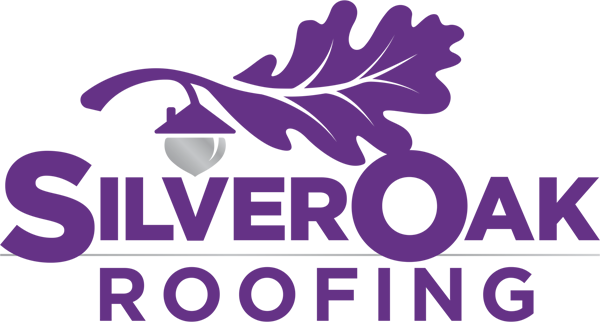
Energy Efficiency Insights: Understanding How Roof Design Affects Energy Usage
Nov 5, 2024
2 min read
0
0
0
Energy efficiency is a growing concern for homeowners, and your roof design plays a critical role in your home's overall energy performance. At Silver Oak Roofing, located in Oakville, Ontario, we aim to help you understand how different roof designs can impact your energy consumption and offer guidance on making the best choice for your home.

The Role of Roof Design in Energy Efficiency
Roof Slope
Sunlight Exposure: A steeply pitched roof receives less direct sunlight, helping to keep your home cooler in summer.
Heat Absorption: Flat or gently sloped roofs absorb more heat, making it harder to maintain a cool indoor environment.
Roofing Materials
Asphalt Shingles: Traditional shingles tend to absorb more heat.
Cool Roofing: Reflective materials that absorb less heat, such as reflective paint or tiles, enhance energy efficiency.
Metal Roofing: Durable and highly reflective, metal roofs are an excellent choice for reducing energy consumption.
Insulation and Ventilation
Proper Insulation: Prevents heat loss in winter and keeps your home cooler in summer.
Effective Ventilation: Reduces hot air buildup in the attic, improving overall home comfort.
Choosing the Right Roof Design
When selecting a roof design, balance aesthetics with energy efficiency. Consider the following options:
Metal Roofing: Offers durability and high reflectivity.
Cool Roofing: Designed to reflect more sunlight, reducing heat absorption.
Green Roofs: Vegetation-covered roofs improve insulation and reduce heat absorption.
Conclusion
Your roof design significantly impacts your home's energy efficiency. By considering factors like roof slope, materials, and insulation, you can ensure your roof is both attractive and energy-efficient. Silver Oak Roofing is dedicated to providing top-quality roofing services tailored to your needs.
For more tips on key considerations when replacing your roof, click here.






